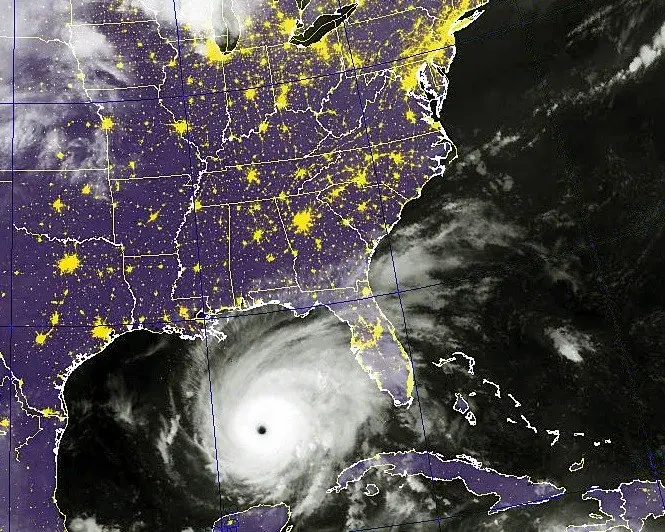Every September, during National Preparedness Month, the Department of Homeland Security (DHS) Science and Technology Directorate (S&T) recognizes the important steps that both first responders and civilians can take to prepare for disasters.

S&T is focused on ways to make technological advances for emergency managers facing these natural disasters and to enhance community response and recovery efforts.
Coastal community leaders and the emergency managers tasked with planning for and responding to hurricanes face tough challenges when tracking approaching storms. One of those challenges is whether or not to order an evacuation. Timing, logistics and safety are all at play when it comes to planning an evacuation. That’s why S&T is working to assist emergency managers with real-time, comprehensive data that can help them facilitate plans for their communities.
S&T and the Federal Emergency Management Agency (FEMA) recently introduced the HURREVAC-extended (HVX), a web-based storm-tracking and decision-making support system. By integrating new technology, tools and training capabilities to this decision-support tool commonly used by the emergency management community, HVX can compile all of the relevant forecasts and data into one interface platform. In addition, evacuation zone-specific data analytics assist emergency managers in understanding potential storm impacts and forecast uncertainty.
When it comes to planning an evacuation, the primary focus is the storm surge of water. Bays, lakes and rivers are especially vulnerable. For homes located along water ways, the timing of a potential evacuation requires precision and effective management planning.
“For local leaders making critical decisions regarding evacuation, information and timing is absolutely essential. You can have the same exact storm but depending on where it makes landfall, local impacts will differ,” said Darren Wilson, S&T’s Program Manager for Public Safety Research. “The diagnostic tools that S&T is developing will help reduce the level of uncertainty associated with these critical decisions and give decision makers as much of the vital information in one, centralized location as possible.”
In partnership with the Massachusetts Institute of Technology Lincoln Laboratory, S&T has also added new training features that provide localized, year-round access to training for emergency managers. This training tool simulates storm-surge scenarios based on past data and provides them guidance and feedback on understanding the data and improving decision-making skills. In fall 2016, HVX will be deployed to emergency managers in coastal communities across the country. By empowering local community emergency planners with this type of training capability, S&T is striving to make HVX a valuable asset for developing their decision making skills.
In addition to the HVX project, S&T and FEMA are working together to improve the technology components of the National Hurricane Program. This includes the Hurricane Evacuation Study [Link no longer valid, https://coast.noaa.gov/hes/hes.html] which focuses on preparation and impact assessments for coastal regions. This partnership effort analyzes the state of critical infrastructure and its impact on communities in coastal areas.
Severe weather always has the potential to bring significant loss to large cities and small towns alike. DHS S&T strives to best equip our nation’s first responders with the tools and resources for efficient prediction, response and recovery.
Stay informed on what S&T is doing in the community by following us on social media:
